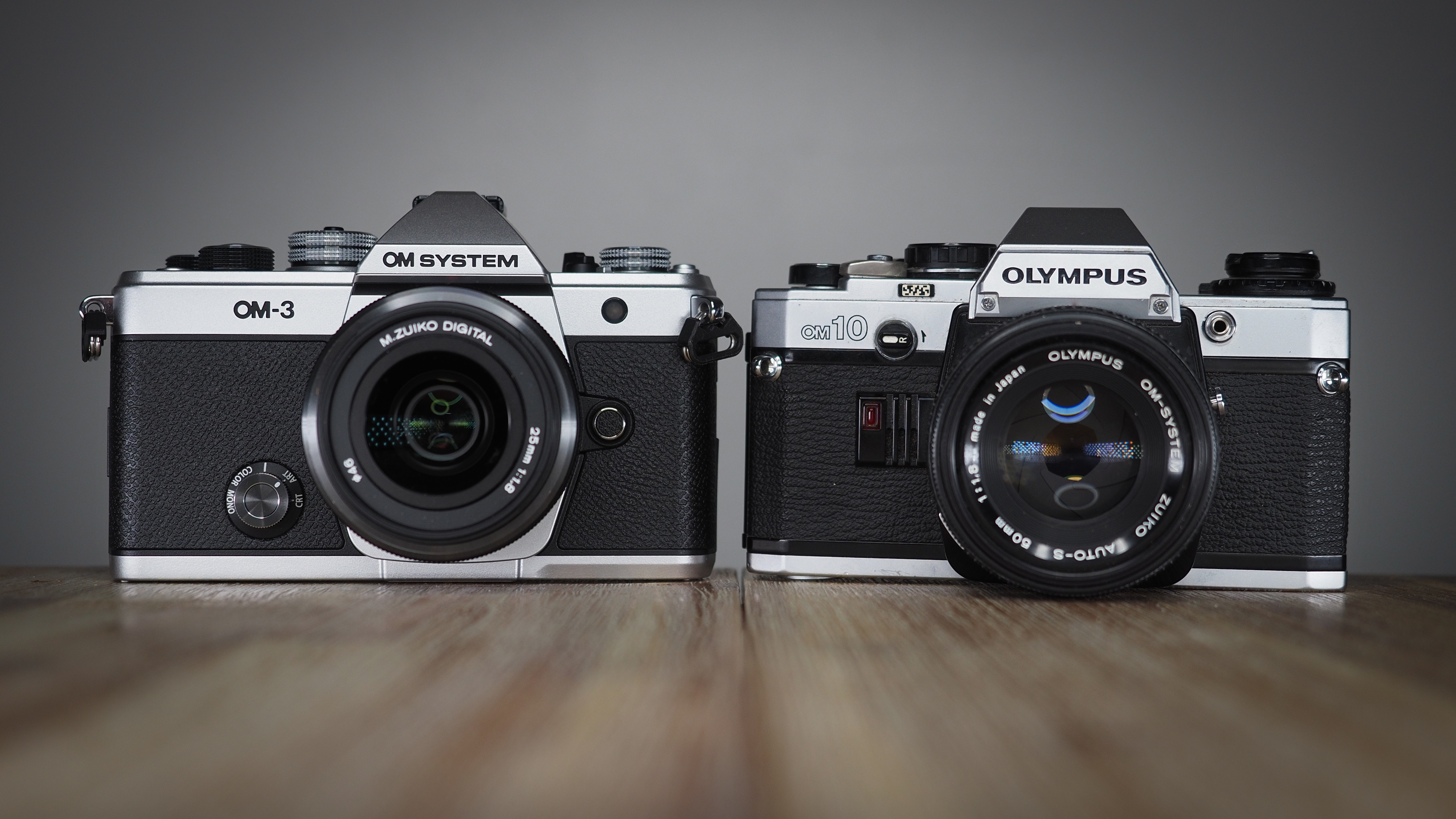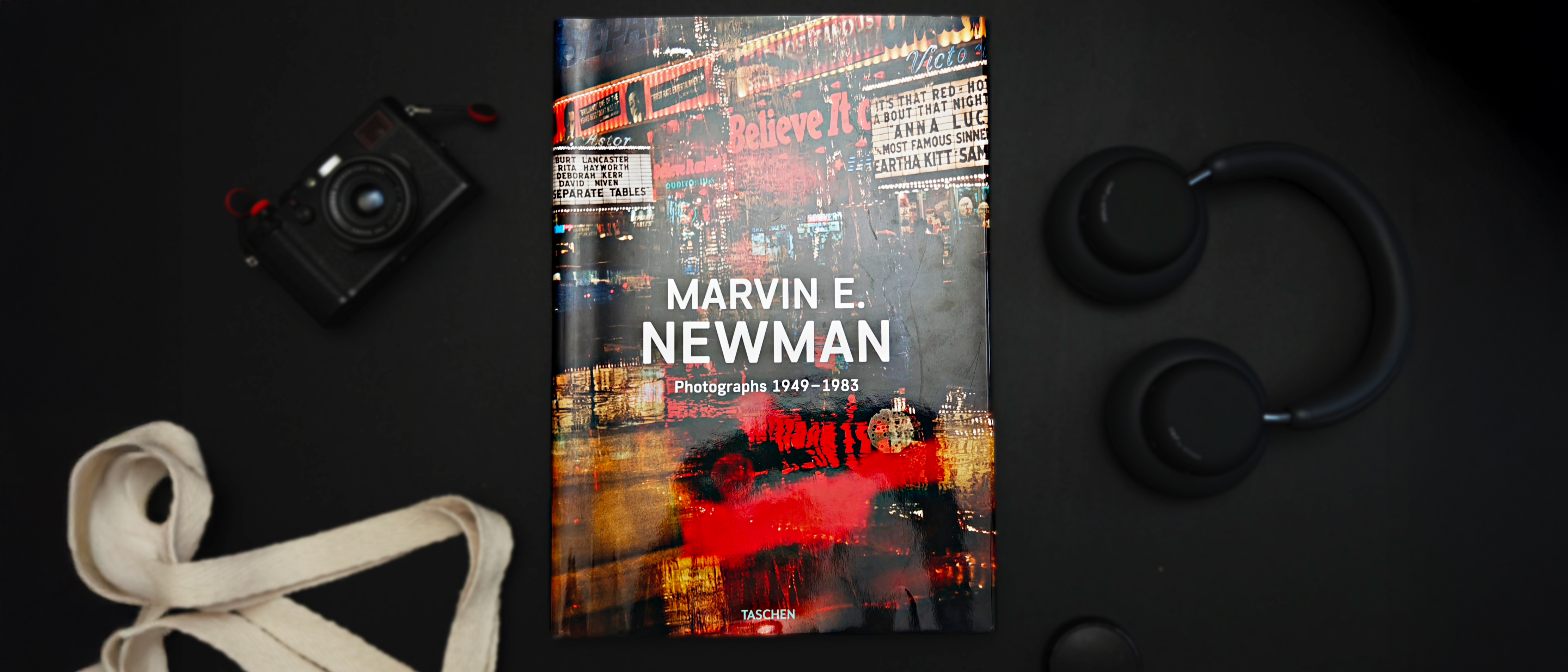The design paradox: Why wacky digital cameras failed and classic shapes prevail
Digital cameras don't need to look like the ones that I used 50 years ago – but they do. Is it us or the manufacturers that are being conservative?
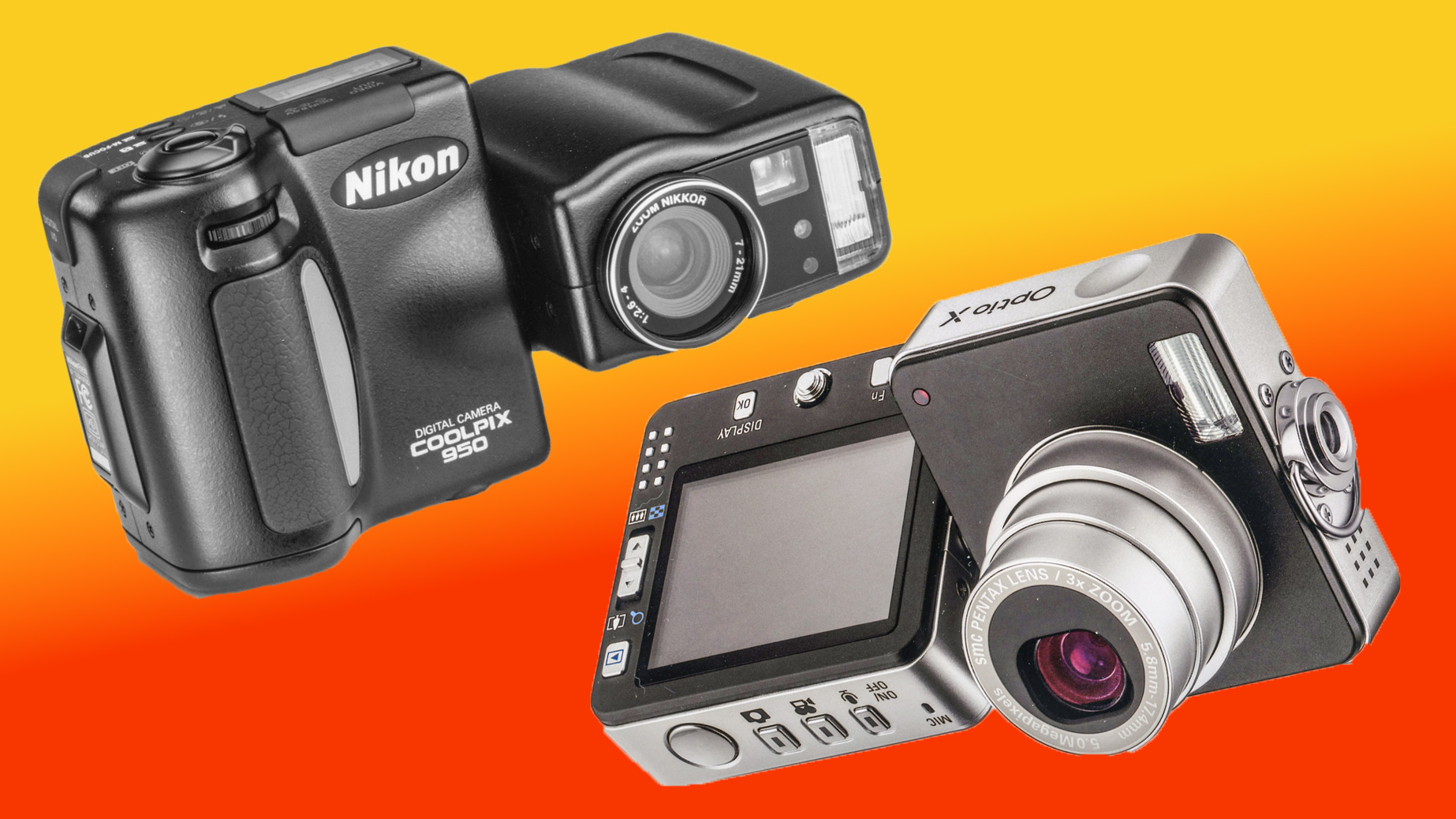
After digital cameras became more afffordable and more user-friendly in the Nineties, camera designers really let their hair down.
Freed from having to locate a film cassette or spool in a particular position, they started experimenting with new shapes and all sorts of weird and wonderful ideas such as swivelling lens-and-sensor modules… or even modules that could be interchanged or used separately from the main camera body and connected via a cable.
The sky was the limit and, for a short while there, no idea was considered too wacky.
However, it seems it was all a bit too much for us consumers. Because slowly but surely, we returned to more conventional-looking compact cameras and DSLRs that looked exactly like their 35mm analog predecessors.
Even though they don’t need to have a mirror box and a reflex mechanism, most mirrorless cameras still look like 35mm film cameras. And, of course, some still look like 35mm SLRs before push-buttons and info displays arrived.
We’re buying the Fujifilm X-T series, OM System cameras and Nikon’s classical Zf and Zfc in bigger numbers than ever before… so what’s going on?
It’s perhaps understandable that anybody of my vintage – who learned photography on cameras like the Nikon FM2 or the original Olympus OM-1 – would find the digital reinterpretations pretty appealing, but we’re certainly not the only ones in love with dials.
The best camera deals, reviews, product advice, and unmissable photography news, direct to your inbox!
Even beyond the retro camera models, though, you’d have to say that digital camera design has been pretty conservative for a long time. But is that because the market wants it this way, and so the manufacturers are happy to stick with the tried-and-true formulas?
What’s certainly true is that implementing new technologies has long been the main priority – and the primary driver of new camera sales – so how it all gets packaged up hasn’t warranted quite so much attention.
Now that we’ve reached a bit of a plateau in terms of resolutions and speed, though, there’s more scope for thinking outside the square – as we’ve seen so far with Sigma’s BF and now Fujifilm’s X Half.
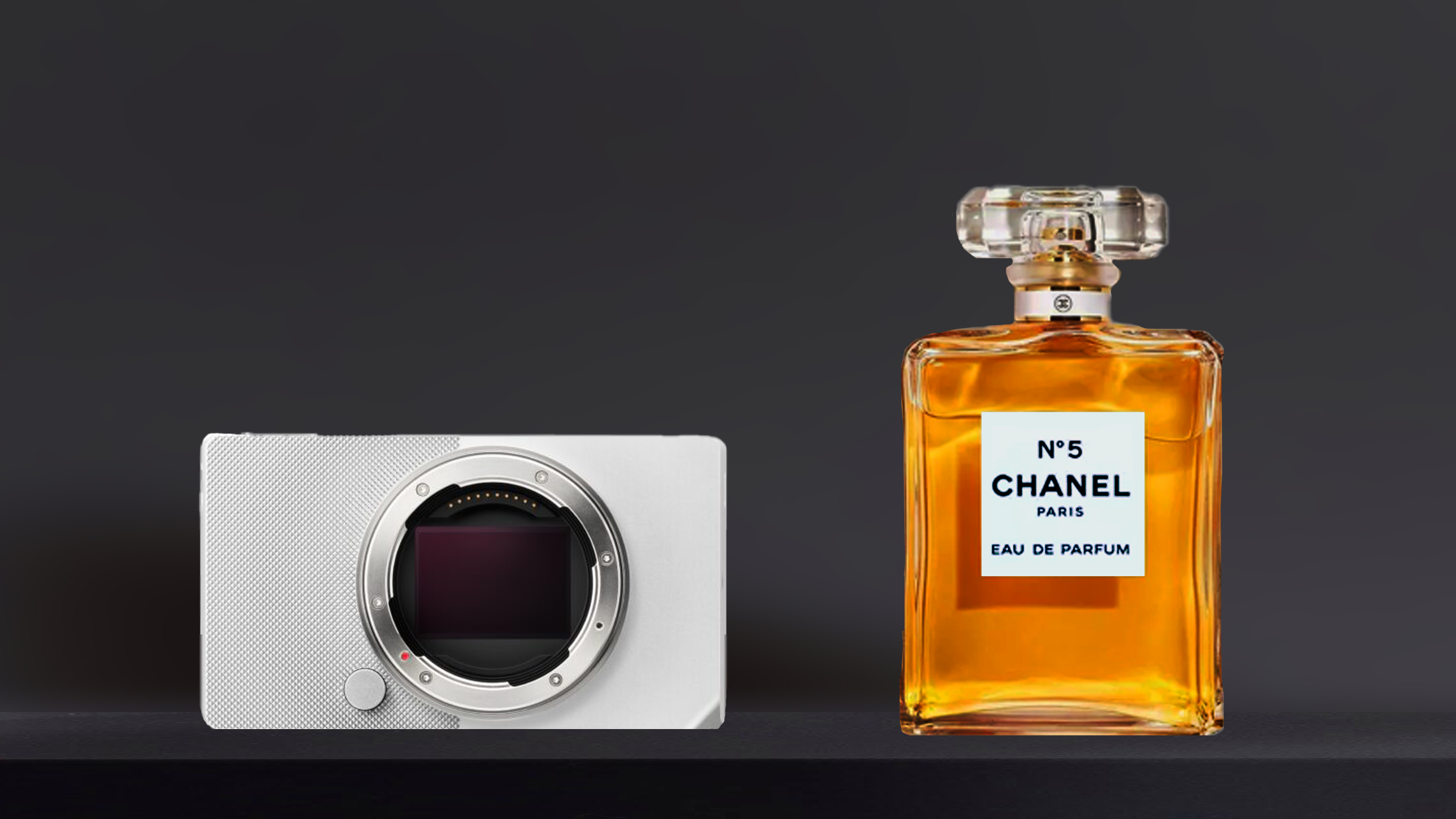
Both these models are targeting users who want a ‘proper’ camera, but aren’t tied to any traditions born of previous experiences. It’s quite likely that both will be a first camera purchase for people who’ve previously only shot with a smartphone, but are now convinced that there’s a better tool for the job.
It’s interesting to note that while the camera phones continue to become more capable, for still photography at least, there’s a growing realization that tiny sensors ultimately just don’t cut the mustard.
This is undoubtedly driving the renewed interest in compact cameras, but the big question that camera designers need to ask here is: exactly what do these smartphone refugees want exactly?
Chances are that it’s not a camera that looks and works like a smartphone, but a camera that looks and works like a camera – and that mostly means a traditional shape (as in, rangefinder or reflex) and the classic controls.
Yes, the concept can be different – as is very much the case with the X Half – but the execution still needs to conform to certain conventions… either because that’s what’s wanted or it’s what’s expected. Either way, this is the key dictator of design and why, when it comes to cameras, looks are still everything.
You might also like…
Want to see more weird cameras? The Sigma fp (review) brought modularity back to the modern world, and the Hasselblad 907X & CFV 100C takes its cues from iconic medium format bodies. But weird isn't always wonderful – take a look at the Canon that my colleague James called "the worst camera I've ever bought"!
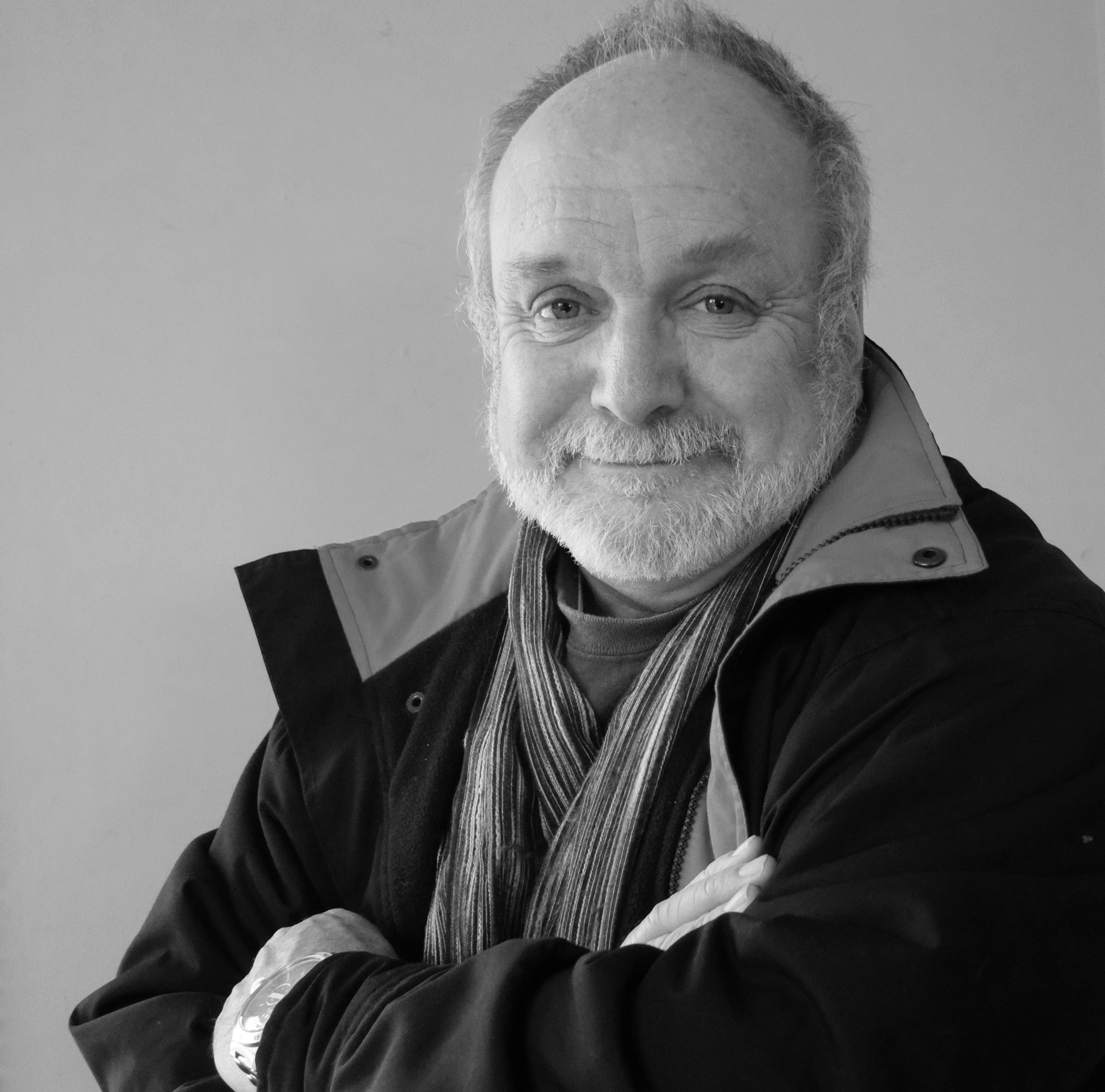
Paul has been writing about cameras, photography and photographers for 40 years. He joined Australian Camera as an editorial assistant in 1982, subsequently becoming the magazine’s technical editor, and has been editor since 1998. He is also the editor of sister publication ProPhoto, a position he has held since 1989. In 2011, Paul was made an Honorary Fellow of the Institute Of Australian Photography (AIPP) in recognition of his long-term contribution to the Australian photo industry. Outside of his magazine work, he is the editor of the Contemporary Photographers: Australia series of monographs which document the lives of Australia’s most important photographers.
You must confirm your public display name before commenting
Please logout and then login again, you will then be prompted to enter your display name.
